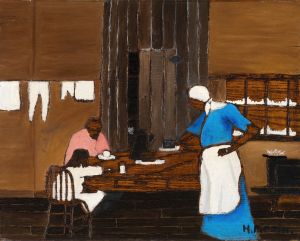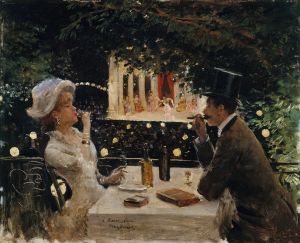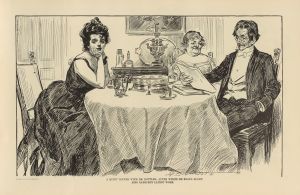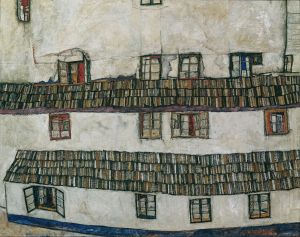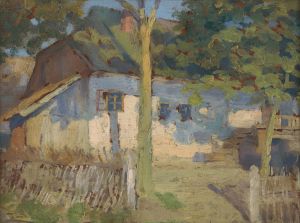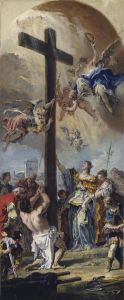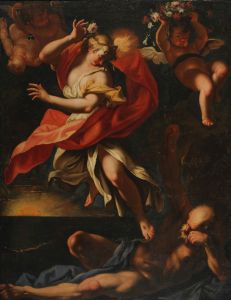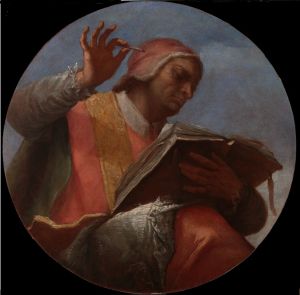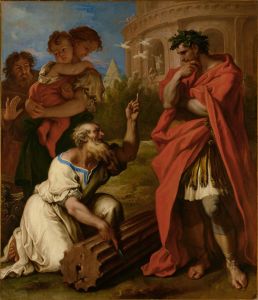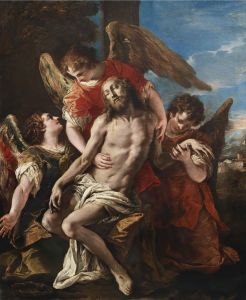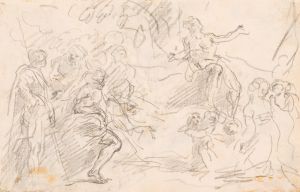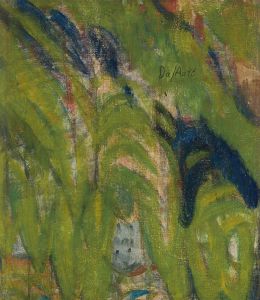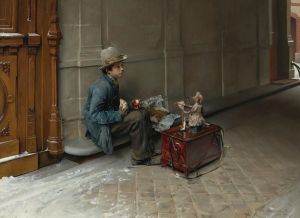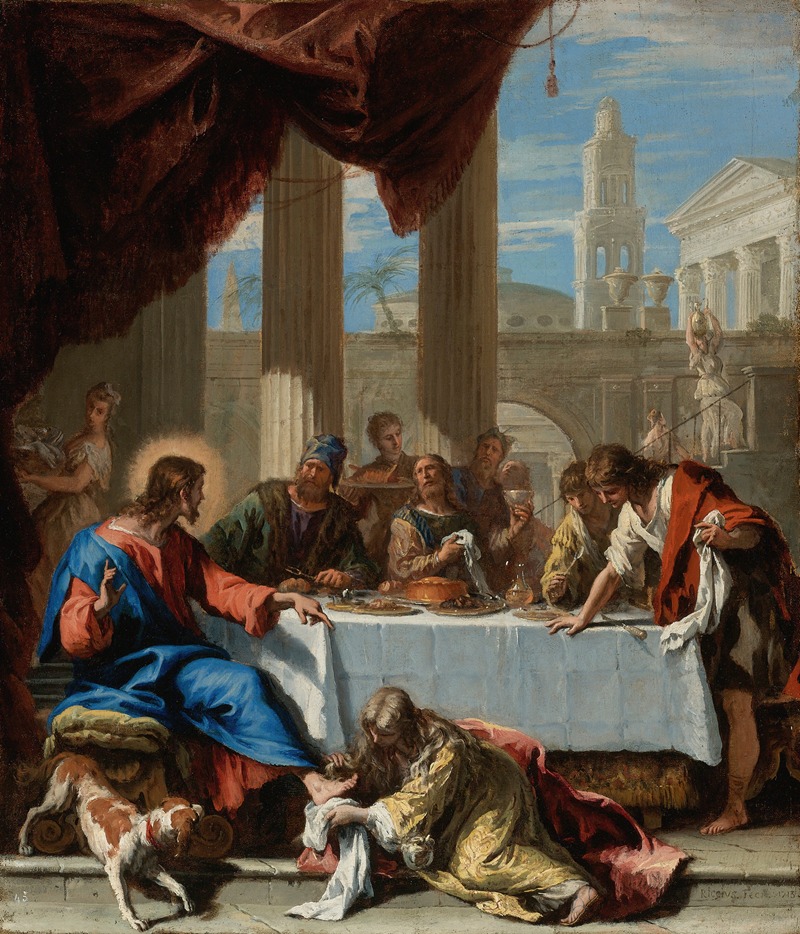
Christ In The House Of Simon
A hand-painted replica of Sebastiano Ricci’s masterpiece Christ In The House Of Simon, meticulously crafted by professional artists to capture the true essence of the original. Each piece is created with museum-quality canvas and rare mineral pigments, carefully painted by experienced artists with delicate brushstrokes and rich, layered colors to perfectly recreate the texture of the original artwork. Unlike machine-printed reproductions, this hand-painted version brings the painting to life, infused with the artist’s emotions and skill in every stroke. Whether for personal collection or home decoration, it instantly elevates the artistic atmosphere of any space.
Sebastiano Ricci's Christ in the House of Simon is a Baroque-era painting that depicts a biblical scene from the New Testament. The work illustrates the moment described in the Gospel of Luke (7:36–50), where Jesus is invited to dine at the house of Simon the Pharisee. During the meal, a woman identified as a sinner anoints Jesus' feet with expensive ointment, washes them with her tears, and dries them with her hair. This act of devotion prompts a discussion about forgiveness, love, and faith, which Jesus uses to teach an important moral lesson.
Sebastiano Ricci (1659–1734) was an Italian painter known for his dynamic compositions, vibrant color palette, and fluid brushwork, which were hallmarks of the late Baroque style. He was active in various cities across Italy and Europe, including Venice, Bologna, Florence, and London, and his works often combined religious themes with a sense of theatricality and grandeur. Ricci's ability to convey emotion and movement made him one of the leading painters of his time.
In Christ in the House of Simon, Ricci employs his characteristic use of light and shadow to draw attention to the central figures of Jesus and the woman. The composition is carefully arranged to emphasize the emotional intensity of the moment, with the gestures and expressions of the surrounding figures contributing to the narrative. The painting reflects Ricci's mastery of storytelling through art, as well as his skill in creating a sense of depth and drama.
The exact date of the painting's creation is not definitively documented, but it is generally attributed to Ricci's mature period, when he was producing some of his most accomplished works. The painting is an example of Ricci's ability to blend religious subject matter with the decorative and expressive qualities of the Baroque style.
The current location of Christ in the House of Simon is not widely documented, and its provenance is not extensively detailed in available sources. However, Ricci's works are held in numerous prestigious collections and museums around the world, including the Louvre, the National Gallery in London, and the Uffizi Gallery in Florence.
This painting exemplifies Ricci's contribution to the development of Baroque art and his influence on subsequent generations of artists. His ability to convey complex theological themes through visually compelling compositions remains a testament to his artistic legacy.





